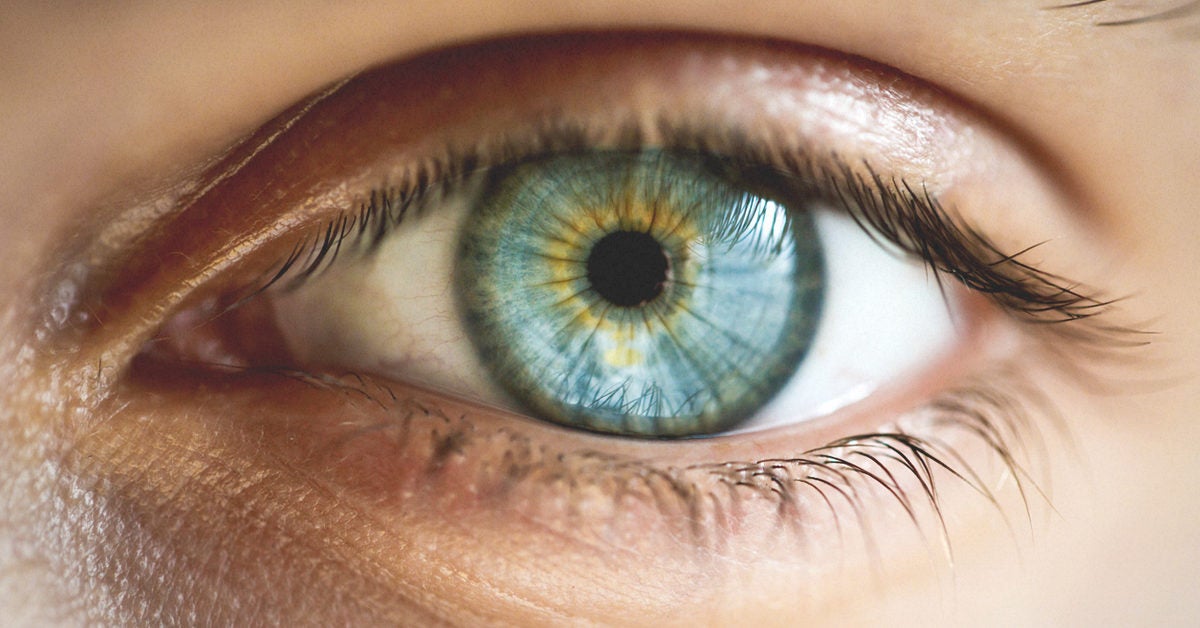Heterochromia is a term that has been around for thousands of years. It means having different colored eyes. Today, it is still a very common phenomenon, occurring in all walks of life. There are many different types of heterochromia, each with its own unique causes and potential consequences. This article details the history and folklore associated with the topic of heterochromia.
What is heterochromia?
Central heterochromia folklore is a condition in which one eye is different from the other. It can be inherited, congenital, acquired, or Reactive. These terms derive from the Greek words for “different colored eyes.” A person with heterochromia has two different types of coloration in one eye: Inherited heterochromia is genetic in origin. Congenital heterochromia is the result of an early mistake during development. Acquired heterochromia is the result of a medical condition. Reactive heterochromia is the result of an imbalance between good and bad cells in the eye.
Types of Heterochromia
There are two types of heterochromia: congenital and acquired. Congenital heterochromia is also called monochromia entailing complete dominance of one color, while acquired heterochromia is also known as polychromia entailing partial dominance or incomplete dominance of one color over the other. Congenital heterochromia can occur during development, usually between the ages of 1 and 5. During this time, the brain is working very hard to form two lenses in one eye: the crystalline lens and the lens of the iris. As the child grows older, the two lenses fuse, forming one clear lens capable of seeing both light and darkness. At birth, only about 1 out of every 100 people has two distinct color eyes. By the time a child is 5 years old, about 1 out of every 2500 people have heterochromic eyes.
Health Effects of Heterochromia
As the number of people with different colored eyes grows, so does the awareness of the possible health effects of these differences. Many health organizations have begun to campaign against the idea that red-green color blindness is an “acceptable” form of color blindness. Many believe that there is an increased risk of developing conditions such as macular degeneration and diabetic retinopathy if one’s eyes do not contain two distinct colors. However, no peer-reviewed studies support these claims.
Change in Appearance from Heterochromia
When one color is dominant over the other, one can also refer to a change in the eye’s appearance from heterochromia. The most common type of this is known as simple mixed color vision and it results when the eyes have an equal function. In this case, the retina has the same color in each lens. As the dominance of one color over the other increases, the eye’s appearance changes. In the presence of light from a specific color, the blood vessels in the eyes open up, allowing that color to reach the retina. For example, if a person has red-green color blindness and experiences light from a particular color, like red, their eyes will look green.
Consequences of Heterochromia
Heterochromia is generally considered to be a normal variation in human eye color. However, it can also be a cause for concern when it is associated with several eye diseases. For example, in a person with inherited heterochromia, the color of one eye may be darker than the other, causing that eye to appear “dulled” or “smeared.” This type of eye disease is known as “conjunctivitis” and is often accompanied by fever, itchiness, and red eyes. In another inherited condition, complete color blindness, the color of one eye is different from the other, causing that eye to appear “green” or “bilious.”
Key Takeaway
Heterochromia can occur for many reasons, the most common being genetic reasons, congenital and acquired conditions, and eye diseases. No two people have the same amount of heterochromia, meaning that each eye has its unique combination of colors. If you have some of the following conditions, it’s important to seek medical advice: – Inherited heterochromia – Congenital heterochromia – Acquired heterochromia – Reactive heterochromia – Oophoridiasis – Macular degeneration – Diabetic retinopathy – Chronic inflammation – Malignancy – Ophthalmoplegia – Retinopathy – Ophthalmoplegia and diopter deficiency – Glaucoma – Uveitis – Glaucoma and optic neuritis – Ophthalmologic disorders.

